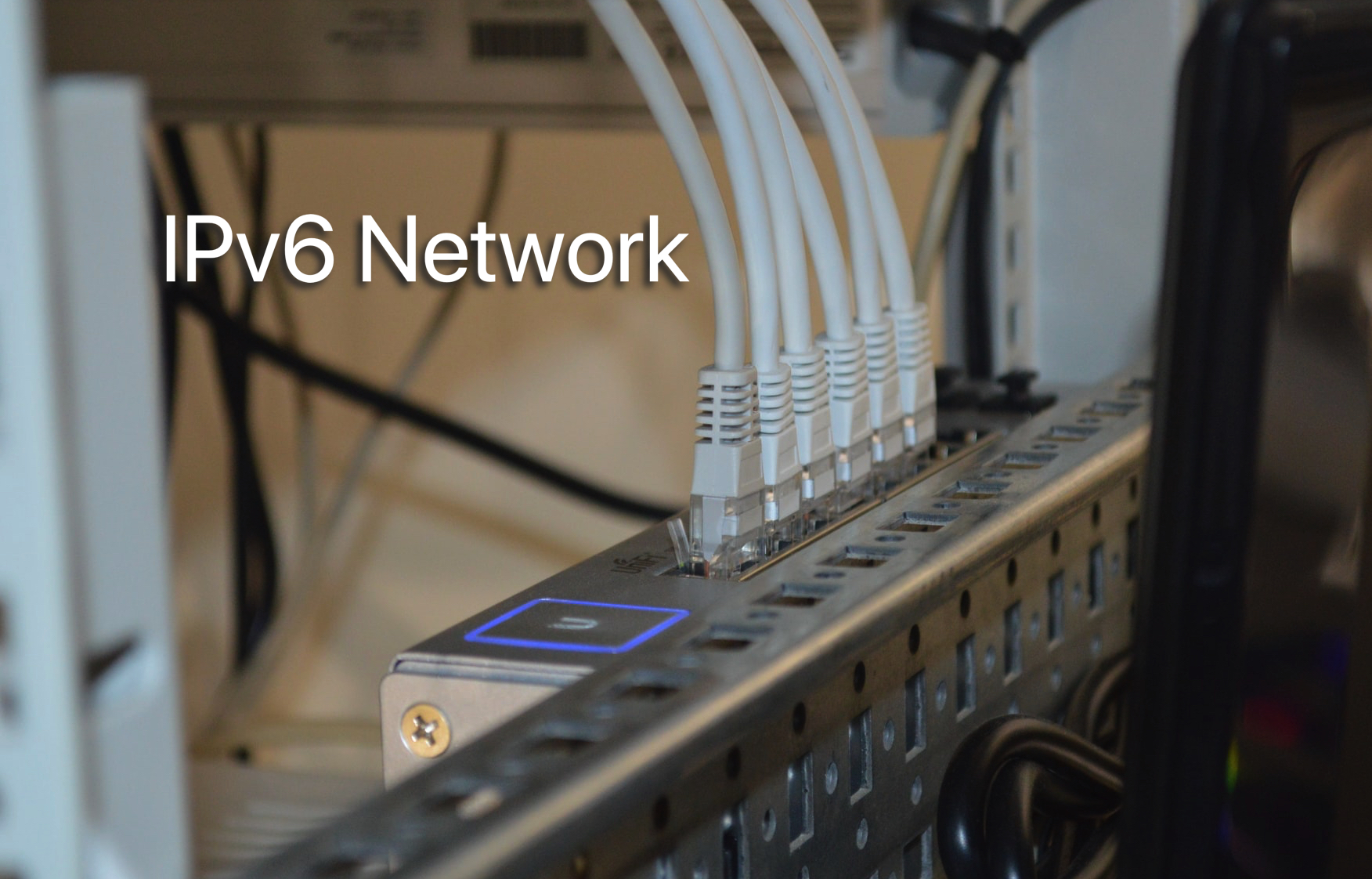An Internet Protocol Version 6 or abbreviated as IPv6 Address is a 128-bit alphanumeric string which identifies in the Internet Protocol Version 6 (IPv6) addressing scheme some endpoint devices. It is a numeric label that is used to identify and locate the network interface of a computer or a network node that is part of an IPv6 computer network. Professional users such as network engineers, technology providers, data centers and mobile carriers prefer IPv6 addresses.

It has been an issue for some time that the IPv4 addressing scheme was running out of potential addresses. The IPv6 format was created to serve trillions of new IP addresses needed to connect not only an ever-increasing number of computer devices but also the quickly evolving number of items with built-in connectivity.
In the scenario of the Internet of Things (IoT), objects, animals and people have unique identifiers and are capable of transmitting data automatically across a network without the need for interactions between human beings and computers.
IPv6 is sufficiently expanding the available address space to allow anything conceivable to have an IP Address. The amount of possible IPv6 addresses was estimated to be greater than 340 undecillions. According to Dick Guertin, a docent of the Computer History Museum, that number allows an IPv6 address for each atom on the planet’s surface – with enough left over for more than 100 similar planets.
Format of an IPv6 Address:
IPv6 Address, in precise terms, is 128 bits long and is divided into 8 groups, each of which is 16 bits. Each group is written as 4 hexadecimal digits, separating the groups by colon.
An example of a complete IPv6 Address shown below:
FE80:CD00:0000:0BDE:2113:0000:211E:411C
IPv6 Address is divided into 2 parts, a component of the network and a node. The first 64 bits of the address is the network component, which is used for routing. The later 64-bit node component is used to recognize the interface address. It is derived from a physical or MAC address using the EUI-64 format of the IEEE.
The network node can be further divided into a 48-bit block and a 16-bit block. The upper 48-bit section is used for global network addresses. The lesser 16-bit section is monitored by system administrators and is used for subnets on an internal network.
In addition, the example address can be shortened as the addressing scheme enables any leading zero to be omitted, as well as any sequences consisting only of zeroes. The shortened version would look like this:
fe80:cd00:0:bde:2113:0:211e:411c
3 types of IPv6 Addresses:
- Global Unicast Addresses – These addresses are routable on the Internet and begin with 2001: as the prefix group. Global Unicast Addresses represent the equivalent of IPv4 Public Addresses.
- Link Local Addresses – This is one of two types of internal addresses that is not routed over the internet. Link Local Addresses are used within an internal network, are self-assigned and begin with fe80: as the prefix group.
- Unique Local Addresses – This is also a kind of internal address that is not routed on the internet. Specific local addresses are equal to IPv4 Addresses 10.0.0.0/8 | 172.16.0.0/12 | 192.168.0.0/16.
The Advantages and Disadvantages of IPv6 Addresses
Converting to an IPv6 network, and therefore IPv6 Addresses can offer significant wide-range of benefits, including:
- Better and efficient routing with prefixes aggregation and smaller routing tables.
- The packet processing is further simplified through streamlining packet headers.
- Multicast packet flows support.
- Users can even start generating IP addresses of their own.
- Removes the Network Address Translation (NAT) requirement.
- Services including peer-to-peer (P2P) networks, VoIP and enhanced security can be easier to incorporate.
IPv4 is still frequently used, which is bothersome for using the IPv6 Address. Communication is not directly possible from IPv4 to IPv6 machines and requires gateway equipment. Shifting from IPv4 to IPv6 also requires a great deal of technical skill, effort and time. Furthermore, IPv6 Addresses are more complex, painful to read and difficult to remember.

